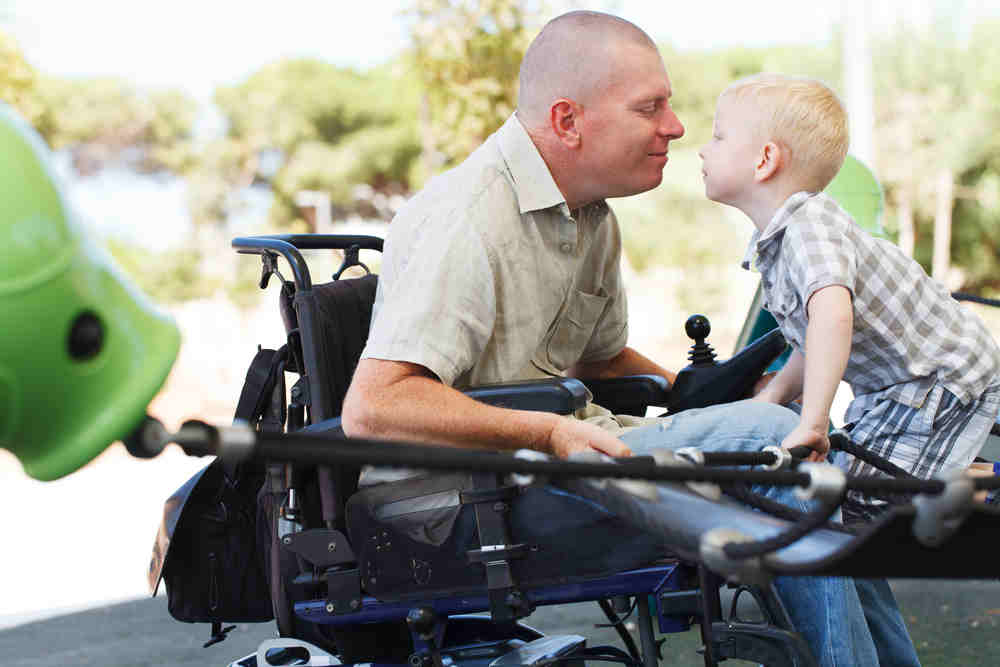ALS Patients’ Health Decisions Rely on Multiple Factors

 A study at King’s College London with patients recruited from the South-East ALS Register in England concluded that decision-making processes for ALS patients are complex, multidimensional and need individualized treatment and more patient-focused support. The results were presented in a publication entitled: “Accepting or declining non-invasive ventilation or gastrostomy in amyotrophic lateral sclerosis: patients’ perspectives,” published in The Journal of Neurology.
A study at King’s College London with patients recruited from the South-East ALS Register in England concluded that decision-making processes for ALS patients are complex, multidimensional and need individualized treatment and more patient-focused support. The results were presented in a publication entitled: “Accepting or declining non-invasive ventilation or gastrostomy in amyotrophic lateral sclerosis: patients’ perspectives,” published in The Journal of Neurology.
ALS is a neurological disorder caused by the progressive loss of neuronal cells in the spinal cord and brain stem, and has an average survival of 2–5 years after diagnosis. The disease progressively affects the muscles, and in advanced stages can greatly compromise breathing and swallowing difficulties. The interventions aimed at slowing the disease’s progression are mostly palliative but in later stages involve respiratory failure and require non-invasive ventilation (NIV). In addition, gastrostomy, an opening in the stomach, allows patients to receive adequate nutrition and hydration. These types of interventions are recommended by experts as part of what is known to be the ‘best management’ for people with ALS (pwALS), and they may improve the patients’ quality of life.
The few studies addressing decision-making in ALS patients were done with few patients and did not focus on NIV and gastrostomy. These studies suggest that healthcare professionals play a very important role in patients’ treatment decisions but they may lack knowledge of this specific disease. This current study began with a larger sample and all participants took part in face-to-face interviews conducted by two experienced researchers in patients’ homes. From the 78 interviewed ALS patients, a total of 32 (41 %) made at least one intervention decision, 10 of these having decided on both interventions.
The results demonstrate that decision-making processes for pwALS depend on several factors and vary between individuals. They are related to patient-centric factors which includes perceptions of control, acceptance and need, and aspects of fear. For example, the majority of participants took an active role in deciding whether or not to have an intervention, but the fear of an intervention increased along with the rate of indecision. Other factors are external, including the roles played by healthcare professionals, family, and information. For instance, some decisions to accept an intervention were a result of family’s concerns rather than being a participant’s direct wish. Finally, the concept of time, including living in the moment, and the notion of ‘right thing, right time’ also played a role. Because of these factors, defective capacity of predicting the course of the disease may complicate decision-making.
The conclusion was that the patient-centric factors had the most immediate and direct relationship with the decision-making process, followed by external factors. The findings highlight that while pwALS are respectful of HCPs’ expertise and knowledge, they recognize when HCPs are less knowledgeable.
“In conclusion, this study suggests that decision-making for intervention in terms of NIV or gastrostomy in ALS is a complex, unpredictable and fluid process, influenced by relationships with HCPs, with family and related to the concept of time,” concluded the authors.






